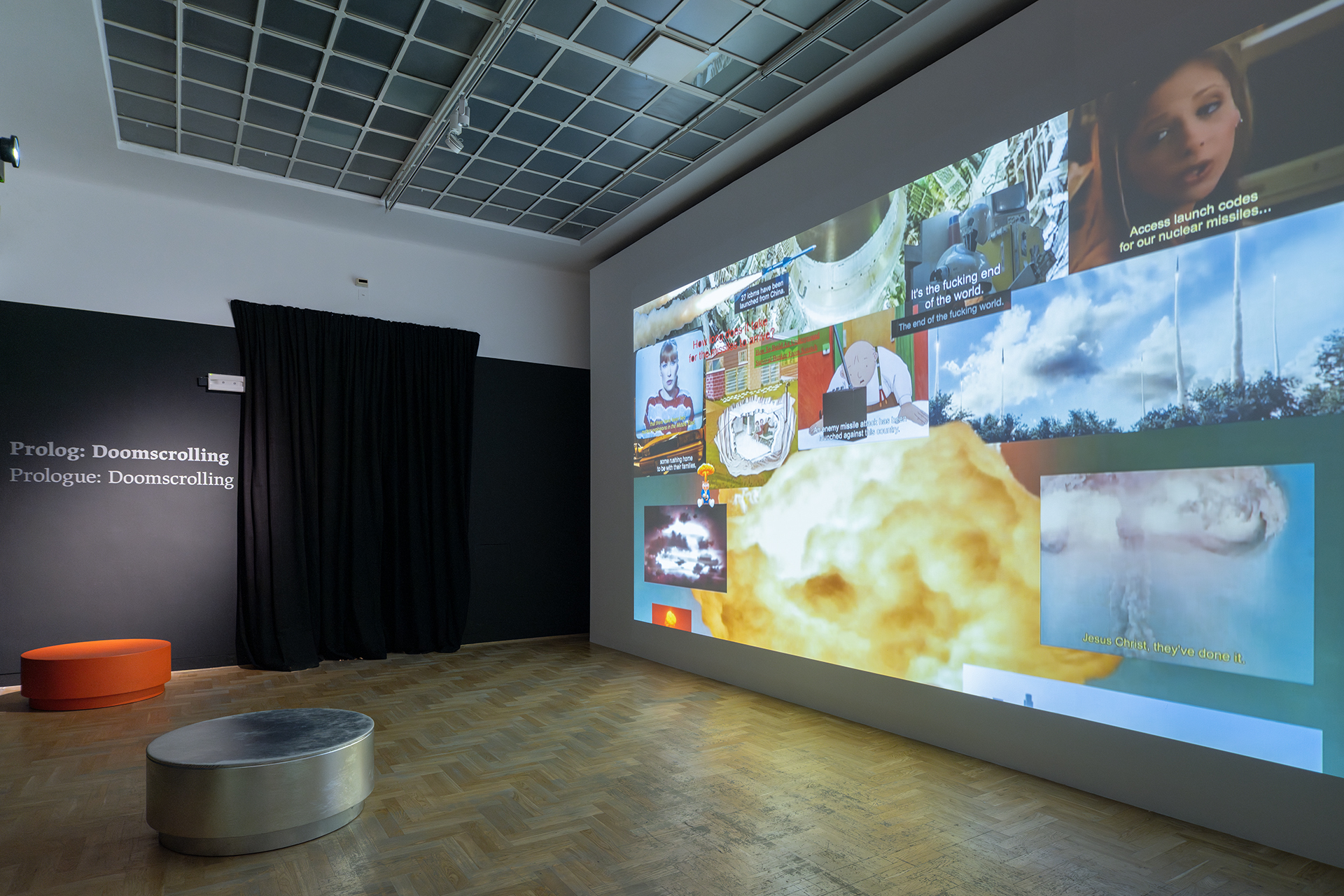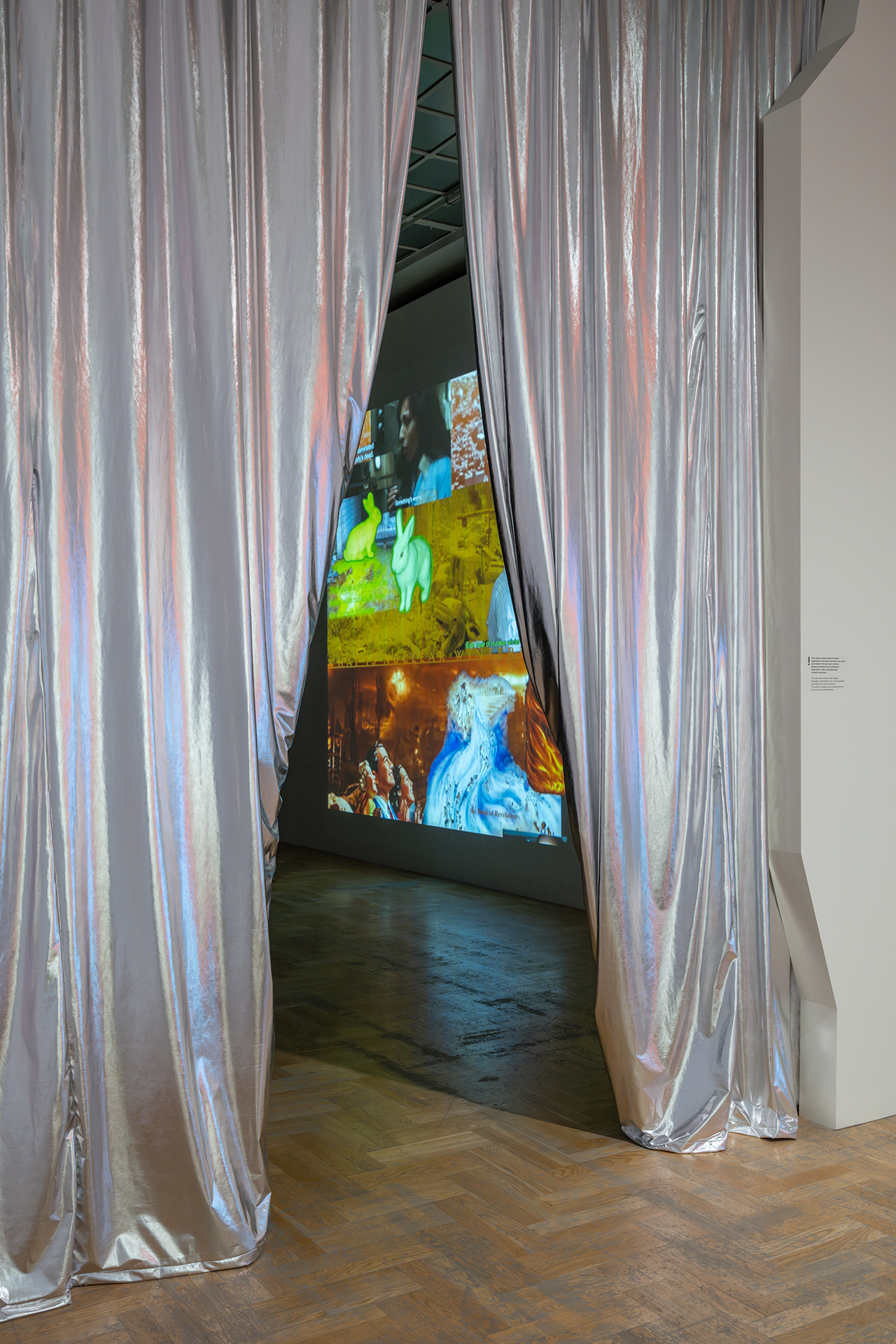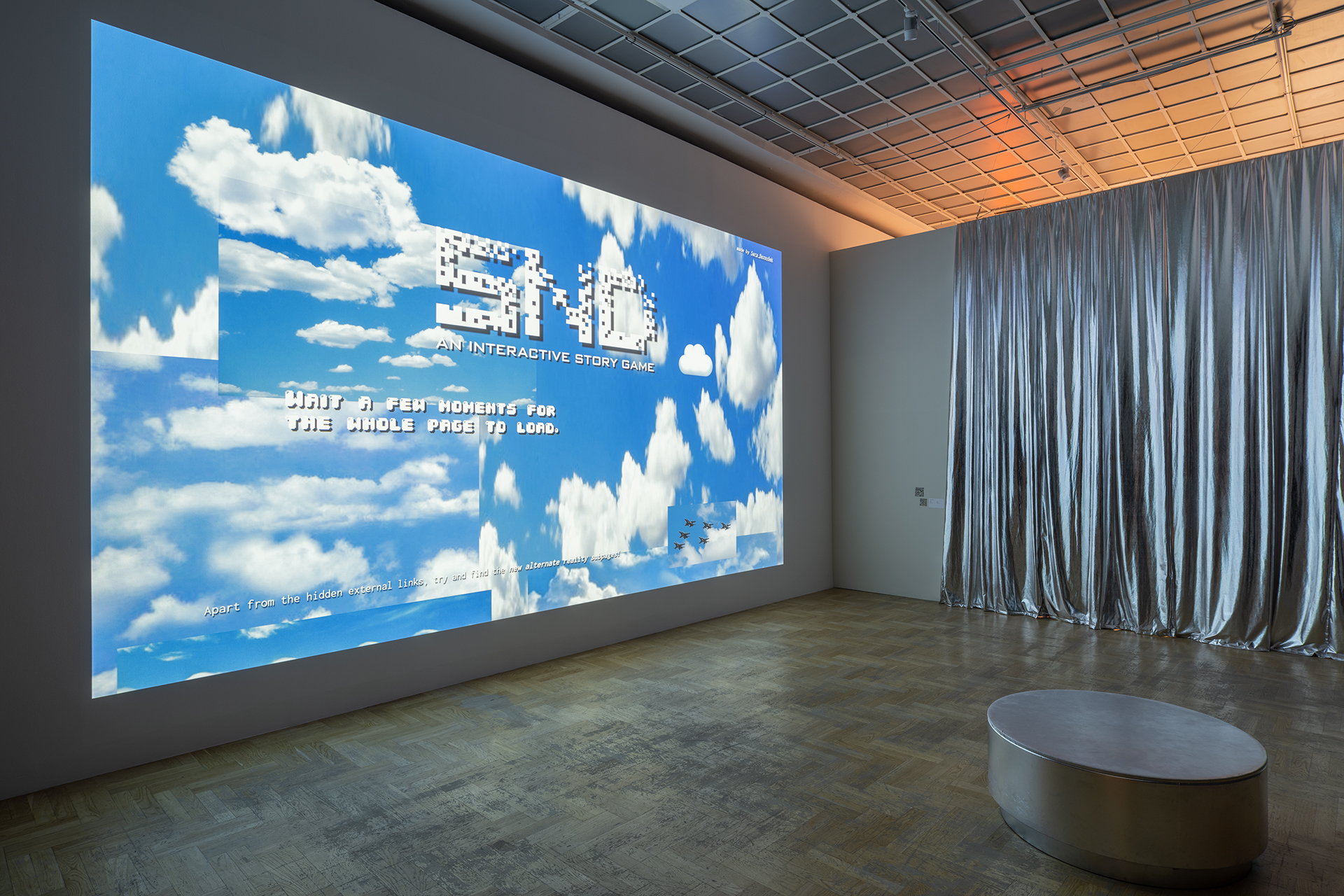From the Ashes
group exhibition at Zachęta – National Gallery of Art, Warsaw, Poland
curator: Michalina Sablik
15.03 – 26.05.2024
The world around us is on fire. A figure with a foolish expression is drinking coffee and says: ‘This is fine.’ Humorously sad, reconciled with the raging apocalypse, memes reflect the belief that nature and the human world are like the mythical phoenix, always rising from the ashes. In many cultures, this fantastic creature, associated with solar deities, symbolised the cyclic character of nature, immortality and the rebirth of life. Indeed, for centuries the phoenix was believed to burn itself to death at the end of its life and be reborn as a mighty bird.
Global environmental crises are challenging the long-held belief that nature, like the mythical phoenix, has an infinite capacity for regeneration. As the Basque philosopher Michael Marder writes in The Phoenix Complex (2023), belief in rebirth is limiting and conservative, and the hope it conveys can be dangerous. It implies that people do not need to change anything or take any drastic measures because nature will defend itself. Only deep despair can inspire radical change.
In the exhibition we present works made by artists after 2020, which are divided into two themes. The first part, Flame, speaks of the reality of multiple crises — climate, economic, social — communicated through media images and the internet. Many of the pieces apply digital aesthetics or have been created using new technologies such as artificial intelligence, 3D design or robotics. In turn, the second part, Birth, presents speculative visions of an ecological-technological future created in the spirit of collectivism and posthumanist feminism, introducing utopian and solarpunk narratives.
artists: Hanna Antonsson, Sara Bezovšek, Justyna Górowska, Ewelina Jarosz, Marcin Janusz, Karolina Jarzębak, Ida Karkoszka, Agata Lankamer, Aleksandra Liput, Julia Lohmann, Antonina Nowacka, Pity (Kasia Piątkowska), Agata Polak, Aleksandra Wieliczko, Klara Woźniak, X-Philes (Rafał Domagała, Maja Gomulska, Bartosz Jakubowski, Gabriela Sułkowska), Xtreme Girl (Lena Peplińska, Laura Radzewicz), Ada Zielińska
link


